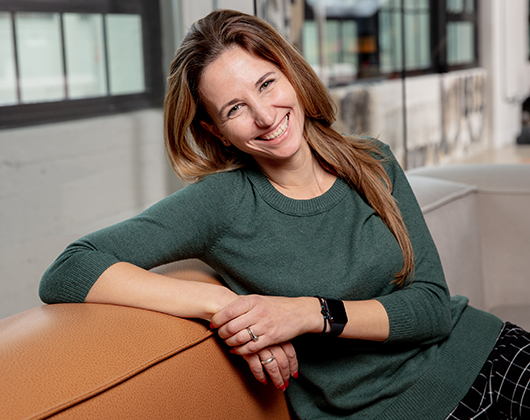TRIA has prided itself on a holistic design approach since its founding. Using a specialized visioning and programming series, our team takes its time to understand the specific needs and requirements of a company, its leadership, and employees. This process has been honed and refined over the years, allowing our designers to tailor each project to reflect a company’s core values and principles without sacrificing efficiency and cost-awareness. But what exactly does visioning and programming entail?
Visioning is the process of understanding who a company is, and who they want to be moving forward in the future. At TRIA, we rely heavily on “inspiration images” during this process. Over a series of meetings with leadership, various employee divisions, and many times the company as a whole, “inspiration images” are presented to understand the likes, dislikes, and needs of an office. These images can portray material, color, texture, lighting, organization and more. Once as much feedback as possible is received, it’s important to review notes and synthesizethe overarching themes revealed. This creates a baseline understanding of company culture, in addition to allowing employees across all levels to better comprehend the individual wants and requirements of their coworkers.
Going hand-in-hand with visioning, programming research defines what a company requires to function effectively. This phase acknowledges the current state of the office, and searches for redundancies or inefficiencies, in addition to what is already working well. While visioning allows for a more qualitative approach, programming relies heavily on the quantification of the business’ day to day and foreseeable future. For example, a company might currently have four dedicated collaboration spaces that are frequently booked, however is anticipating hiring twenty more employees over the next year. It is important to take this information and calculate whether the current collaboration space count can effectively serve the additional employees, or whether more spaces will need to be planned. This sort of thinking can be extended down to each individual in the company, in terms of seating and desk preferences, organizational needs, technological requirements and more.
The combined effect of visioning and programming during pre-design creates a design reflective not only of the core values of the company, but also the needs of its employee base. TRIA’s extensive experience with offering a holistic design approach has repeatedly shown the importance of offering employees a space that best suits their daily activity. As staff dedicate 40+ hours a week to their work, it is critical to supply employees with amenities that assist in their satisfaction and efficiency. This not only increases staff support, but also the general company output. By giving everyone in the company an opportunity to partake in the design and final feel of their office, you are giving employees a sense of autonomy and responsibility, strengthening the bond existing between co-workers and leadership.



